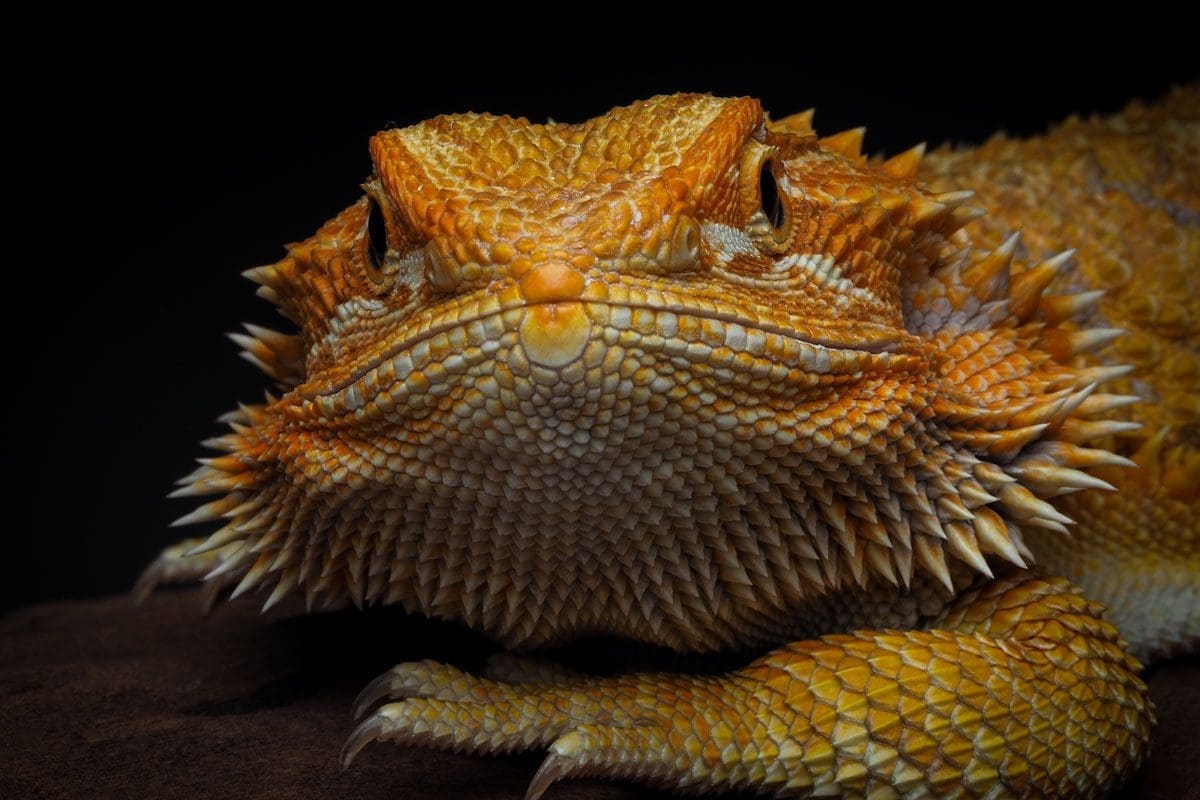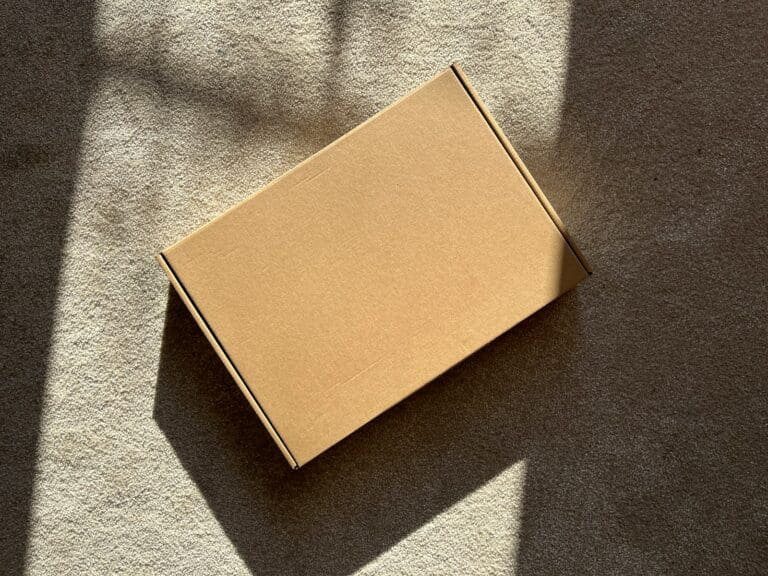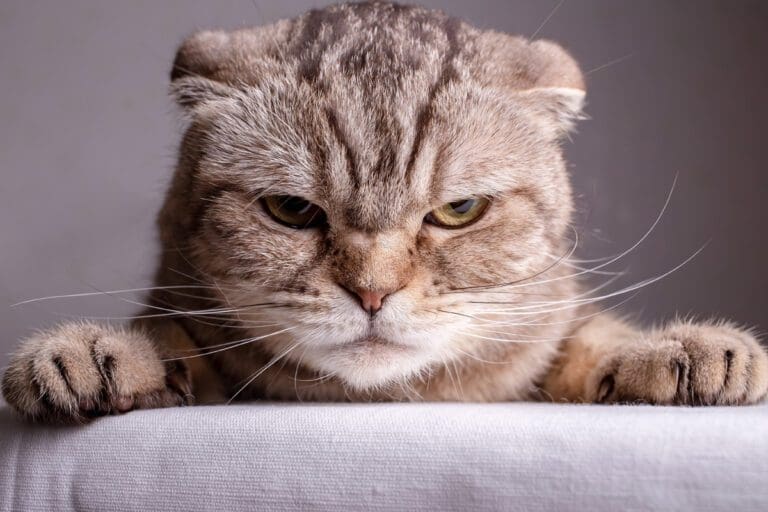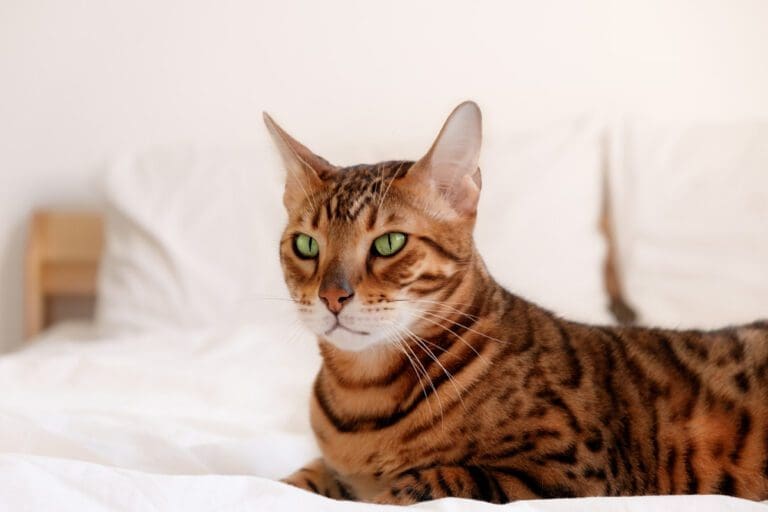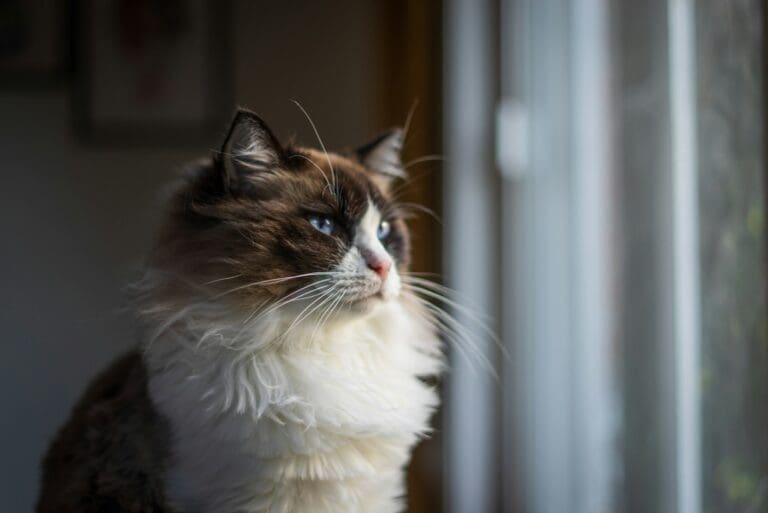Bearded dragons are friendly lizards that originate from Australia. They are popular due to being easy to care for. Setting up an ideal habitat can be challenging for beginners, but lucky for you, it’ll be a cinch with our setup guide!
Before You Begin: What Are the Costs to Set Up a New Bearded Dragon Habitat?
Welcoming a bearded dragon into your home is an exciting prospect, but it’s essential to be aware of the initial costs involved in setting up a proper habitat for your new reptilian companion.
The cost of setting up a bearded dragon habitat can vary depending on factors such as the size of the enclosure, the quality of equipment (which, yes, you should aim for), and the overall complexity of the setup.
You should also be prepared for expenses related to the enclosure itself — lighting, heating, decor, substrate, and ongoing maintenance. By understanding the costs upfront, you can create a comfortable and thriving environment for your bearded dragon without any financial surprises.
Steps Involved in Setting Up a Bearded Dragon Habitat
Here are 8 easy steps to follow to ensure you’ve got all the essentials you need to set up a Bearded Dragon habitat and create a cozy environment for your new pet reptile.
1. Choose the Right Enclosure
Whether described as a terrarium, aquarium, enclosure, or habitat, they all mean the same thing — a living area for your lizard. It is recommended to use a glass-walled terrarium with a secure lid to maintain proper heat and humidity.
Opt for a spacious enclosure to accommodate your bearded dragon’s growth. A 40-gallon breeder tank is a good starting point for a juvenile, while an adult may need a 75-120 gallon enclosure. Adult bearded dragons can reach lengths of up to two feet, and need a living area about three times their length.
2. Provide Proper Lighting
Bearded dragons are desert creatures and require full spectrum lighting that emits all the UV ranges (both UVA and UVB light) for 12-14 hours each day to stay healthy. A combination of a basking light (which provides heat) and a UVB light (which mimics sunlight) is crucial to keep them healthy and avoid bone disease.
Position these lights according to the recommended temperature and basking spots. Your Dragon needs to be able to come within 6-8 inches of the light source, either through the use of a rock, branch, or platform.
3. Install Heating Elements
You should use one of the following types of heaters for keeping your lizard warm: A ceramic heater, a reptile basking light, or a light bulb that emits heat. Use an under-tank heater or a heat lamp to create a basking spot with a temperature of around 100-105°F (37-40°C).
The rest of the enclosure should have a gradient that drops to the mid-80s°F (29-30°C) during the day and slightly cooler at night, around 75°F.
4. Select the Appropriate Tank Bedding/Substrate
“Substrate” is simply another term for the bedding used inside a reptile’s habitat. Choose a safe and comfortable substrate for your bearded dragon. Options include reptile carpets, ceramic tiles, or non-toxic sand alternatives.
For beginning reptile owners, reptile cage carpets or newspaper are the best since they are safe to use, inexpensive, easy to clean, and simple to install. Avoid loose substrates, such as soft sand, with babies and juveniles that can be ingested and cause impaction.
5. Add Hiding Spots and Decor
Place hiding spots at both the warm and cool ends of the enclosure. Incorporate branches, rocks, a reptile hammock, and other decor to create a stimulating and naturalistic environment for your bearded dragon to explore.
On the cool side of the habitat, you can install fine or bush-like plants (pesticide-free), half-logs, and cave-hiding spots. Make sure to soak any rocks or branches you take from the wild in boiling water to remove any potential parasites or bacteria.
6. Offer a Water Dish and Omnivorous Diet
Provide a shallow water dish for drinking and soaking. Bearded dragons are omnivores, so their diet should consist of a mix of insects (crickets, roaches, mealworms) and vegetables (leafy greens, bell peppers, carrots). Provide fresh water and salad daily.
Use shallow food and water bowls with baby and young bearded dragons to prevent drowning accidents. Situate food and water bowls away from the basking area to prevent food from spoiling quickly.
7. Monitor Conditions and Maintain Humidity
Place a thermometer at both the basking area and cool zone of the enclosure and monitor conditions at least twice per day. Make sure temperatures at both the warm and cool spots are not too high or too low.
You also need a humidity gauge. Bearded dragons require a low humidity level of around 30-40%. To prevent humidity from getting too high, make sure your enclosure has a screen at the top to promote airflow. If humidity gets too low, mist the enclosure occasionally, but avoid excess moisture to prevent respiratory issues.
8. Regular Cleaning and Maintenance
Keep the habitat clean by doing spot cleaning and removing waste daily. Perform regular deep cleanings weekly. Disinfect decor and substrate as needed to maintain a healthy environment.
For your pet’s safety, always use rubber gloves and never use bare hands to clean your tank. Never clean with bleach, or household chemicals and cleaners. The best cleaning solution is vinegar and water, veterinary disinfectant, or reptile-safe disinfectant. You can also use a steam cleaner.
Conclusion: Creating a Comfortable Haven for Your Bearded Dragon
Setting up a new habitat for your bearded dragon involves careful planning, consideration of costs, and attention to detail. By following these steps and investing in high-quality equipment, you’re ensuring a comfortable and stimulating environment for your reptilian friend.
Regular monitoring, proper lighting, and a nutritious diet are essential components of maintaining a happy and healthy bearded dragon. As your bearded dragon grows and thrives within its habitat, you’ll be rewarded with the captivating presence of a unique and fascinating companion.

